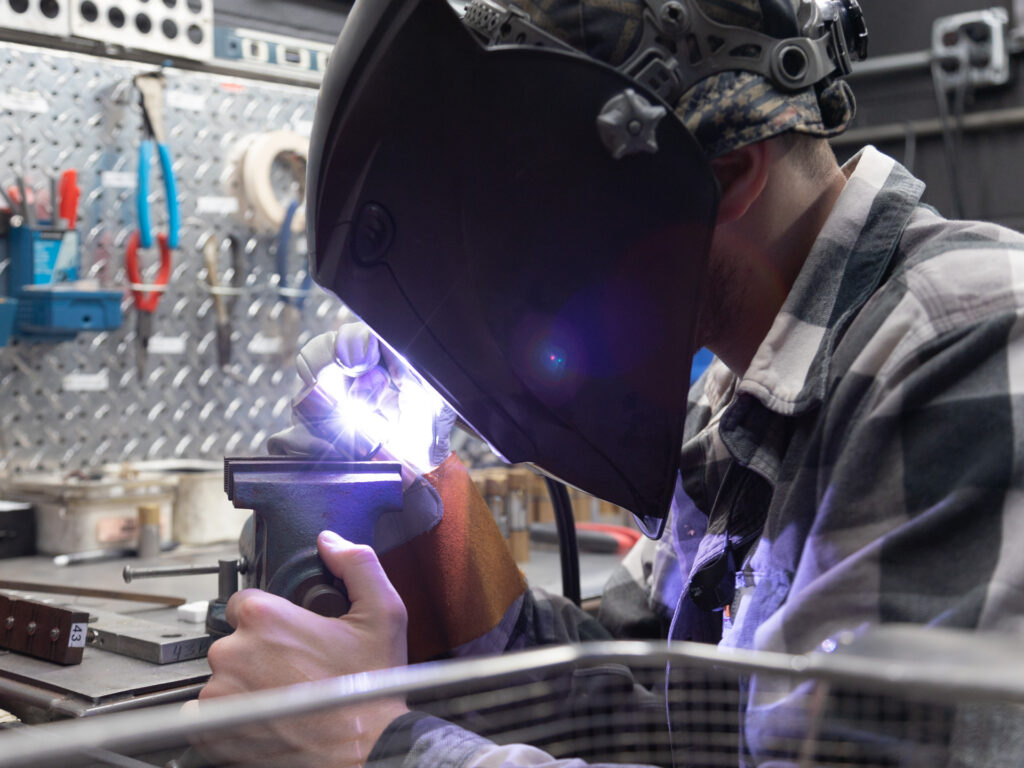Hazardous Area Classification
Hazardous Areas are locations where the potential for fire or explosion exists because of gases, dust, or easily ignitable fibers or flyings in the atmosphere. Some hazardous area classifications are not shown here. For further detailed information, see specific standards published by approval organizations.
Classifications Inside North America
In North America, hazardous area classification is separated by classes, divisions, and groups to define the level of safety required for equipment installed in these locations. Classes define the general form of flammable materials in the atmosphere. Divisions define the probability of the presence of flammable materials. Groups classify the exact flammable nature of the material.
| Class I | Flammable gases or vapors are present in the air in quantities sufficient to produce explosive or ignitable mixtures. |
| Class II | Combustible or conductive dusts are present. |
| Class III | Ignitable fibers or flyings are present, but not likely to be in suspension in sufficient quantities to produce ignitable mixtures. (Group classifications are not applied to this class.) |
| Division 1 | The substance referred to by class is present during normal conditions. |
| Division 2 | The substance referred to by class is present only in abnormal conditions, such as a container failure or system breakdown. |
| Group A | Acetylene |
| Group B | Hydrogen (or gases of equivalent hazard) |
| Group C | Ethylene (or gases of equivalent hazard) |
| Group D | Gasoline (or gases of equivalent hazard) |
| Group E | Metal Dust |
| Group F | Coal Dust |
| Group G | Grain Dust |
Classifications Outside North America
In Europe and countries outside of North America, the classification of hazardous areas is accomplished differently. Zones are used to define the probability of the presence of flammable materials. Protection Types denote the level of safety for the device. Groups classify the exact flammable nature of the material. These groups are separated differently than North American Groups.
Temperature Identifications convey the maximum surface temperature of the apparatus based on 104° F (40° C) ambient. These temperature codes are selected carefully not to exceed the ignition temperature of the specific gas or vapor to be encountered in the application.
| Zone 0 | Area in which an explosive gas-air mixture is continuously present or present for long periods. |
| Zone 1 | Combustible or conductive dusts are present.Area in which an explosive gas-air mixture is likely to occur in normal operation. |
| Zone 2 | Area in which an explosive gas-air mixture is not likely to occur, and if it occurs it will only exist for a short time. |
| Zone | ||
| d | Flameproof (Explosion proof) Enclosure | 1,2 |
| e | Increased Safety | 1,2 |
| ia | Intrinsic Safety | 0,1,2 |
| ib | Intrinsic Safety | 1,2 |
| o | Oil Immersion | 2 |
| p | Pressurized Apparatus (Purged Apparatus) | 1,2 |
| q | Powder Filling (Sand Filling) | 2 |
| m | Encapsulation | 1,2 |
| n | Normally Nonsparking and/or Nonincendive Circuits) | 2 |
| °F | °C | |
| T1 | 842 | 450 |
| T2 | 572 | 300 |
| T3 | 392 | 200 |
| T4 | 275 | 135 |
| T5 | 212 | 100 |
| T6 | 185 | 85 |
| Group I | For application in below ground installations (mines) where methane (firedamp) and coal dust may be present. |
| Group IIA | For application in above ground installation where hazards due to propane may exist. This group most closely matches the North American Group D. |
| Group IIB | For application in above ground installations where hazards due to ethylene may exist. This group most closely matches the North American Group C. |
| Group IIC | For application in above ground installations where hazards due to hydrogen or acetylene may exist. This group most closely matches the North American Groups A and B. |
